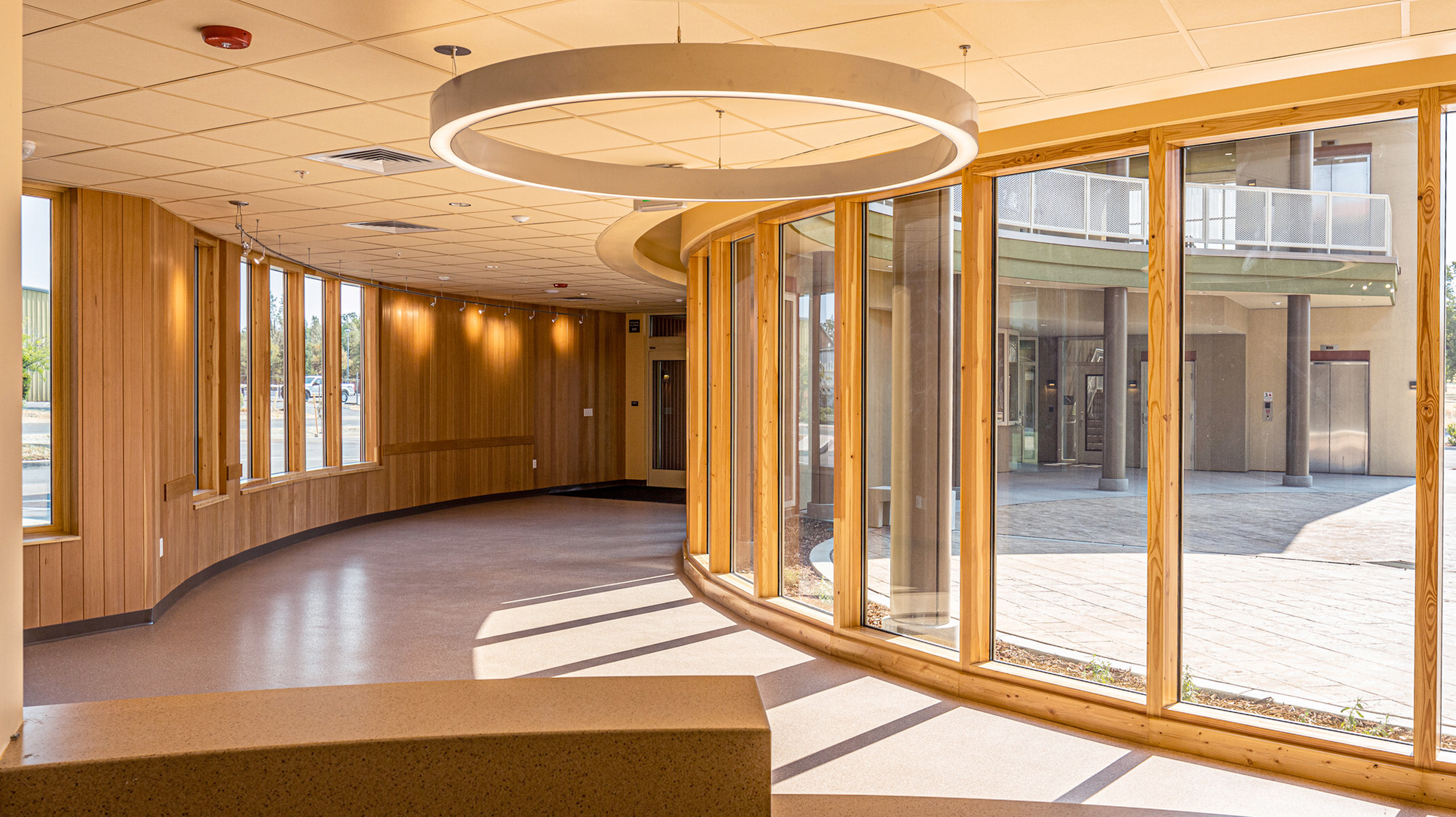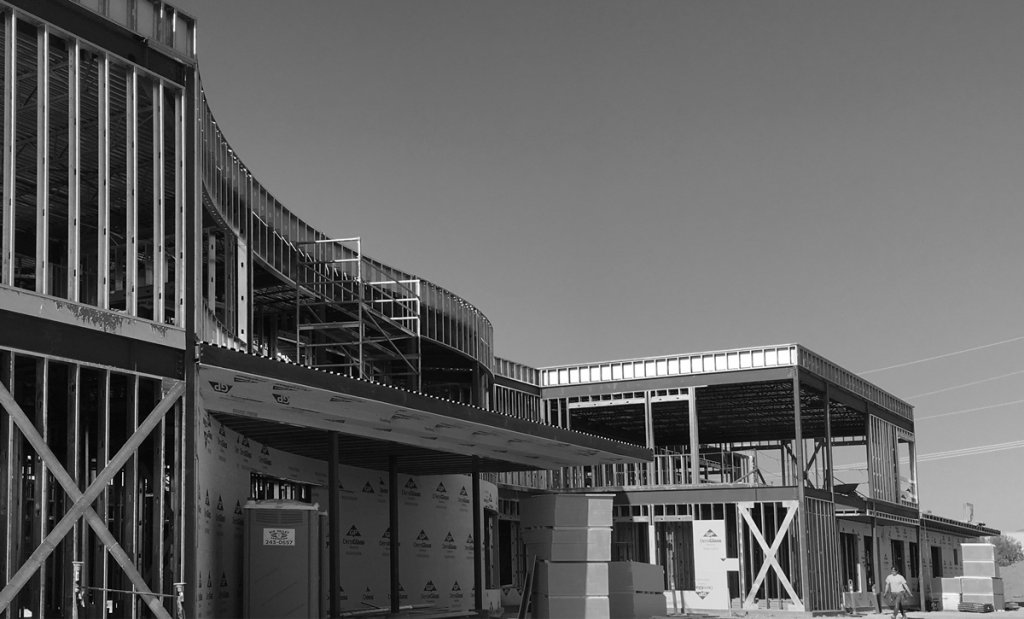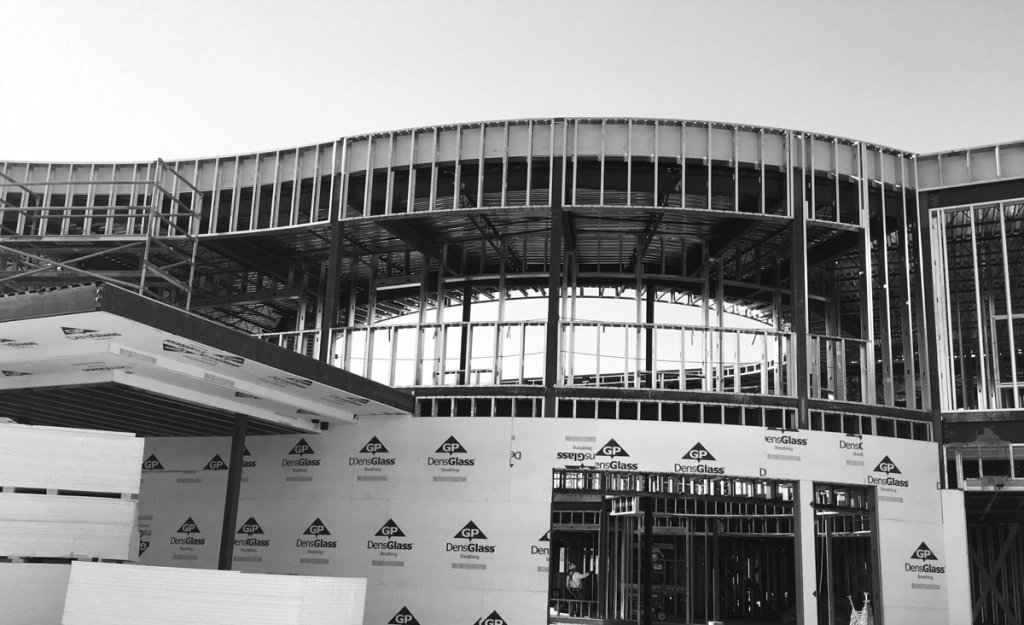The Center of Hope
by Trilogy Architecture and Riverstone Structural Concepts
In 2022, Trilogy Architecture and Riverstone Structural Concepts completed work on the Center of Hope – a multidisciplinary clinic designed to meet the needs of lower income residents of Redding, CA.
Firm Name: Trilogy Architecture, Riverstone Structural Concepts
Location: California, USA
Type: Healthcare, Multi Residential
Project cost: $16 million
Software used: Archicad
The center provides urgent care, medical, dental, and behavioral health services, and is designed to excel at “hotspotting”. Hotspotting refers to a shift in healthcare systems that focus on providing multi-disciplinary, coordinated care.
By offering services that attends to the non-medical needs that affect all-around health, the Center of Hope fills in a gap for residents that may be most vulnerable.
Above: Walk through the the Archicad file used to deliver the Center of Hope, with Principal Architect at Trilogy, Todd McEfee.
The Design
Trilogy Architecture assisted their client, Hill Country Community Clinic, in evaluating an appropriate site for the building, providing building designs that would result in an integrated, useful, and effective method of delivering healthcare into Redding and its population of about 100,000 people.
A two-story building now known as the Center of Hope provides healthcare services as well as a two-story building with separate housing apartments that serves homeless students attending a nearby community college. “Students who are actively trying to improve their lives, but for a variety of reasons might not have a permanent home can qualify to live in the apartments for free. The Center of Hope has a four unit, 16 bed apartment building to mitigate that issue.”
Modern design inspired by centuries-old design principles
Trilogy architects designed a very challenging geometry into the Center of Hope, inspired by the geometry of the Fibonacci sequence.
The design called for an open center courtyard and wrapping the lobby in an aluminum clad timber curtain wall system by Sierra Pacific to make that radius come alive.
“The building has a largely rectilinear shape, but the added curves created interesting modeling challenges that Archicad was indispensable in solving. And with the integrated sun study tools we were able to optimize the design for shading concerns”.
The added curves created interesting modeling challenges that Archicad was indispensable in solving.
Todd McEfee
Principal Architect, Trilogy Architecture
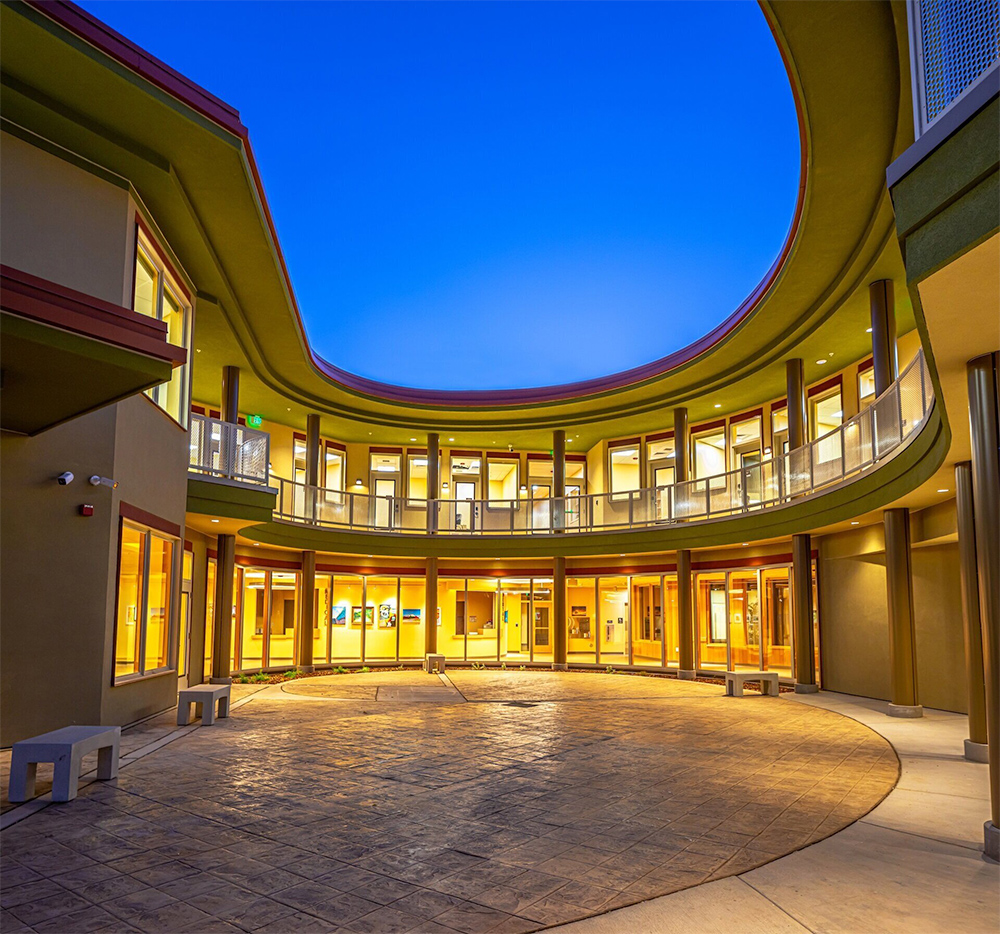
Construction considerations
Riverstone Structural Concepts devised a solution for structural that was a first for a Trilogy design. The bearing wall metal stud building used a minimal amount of structural steel.
Jake Timmons, principal at Riverstone explains, “We employed thick metal shear strapping. That did create some challenges for the overlay materials on the outside due to the build-up that was going on. We all learned how to best use that method, and in the future we will be able to improve on what was an otherwise very successful method.”
Cross-platform coordination
McEfee credits Archicad with his being able to work on this project pretty much by himself, with other team members stepping in briefly as needed.
“Archicad allows you to multiply your forces. This building imposed a lot of challenging things to work out and being able to cut through and work through a section down to the detail in a particular view, the whole method of detailing was crucial.”
This is not to say that the project happened magically.
Multiple meetings between architects, structural engineers, and mechanical engineers were needed to address a height challenge. As the mechanical system was being modeled in a different 3D software program and imported into Trilogy’s Archicad model it revealed that the shallow first floor ceiling space was “stuffed to the gills”.
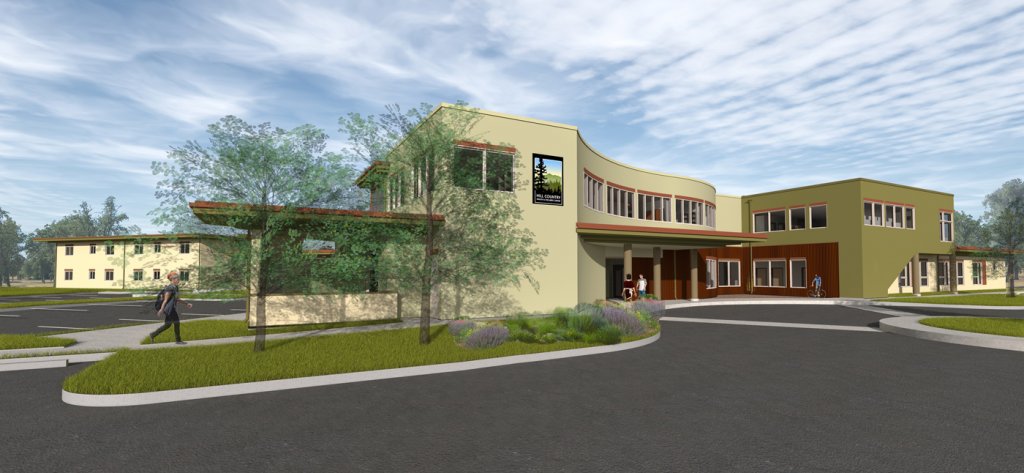
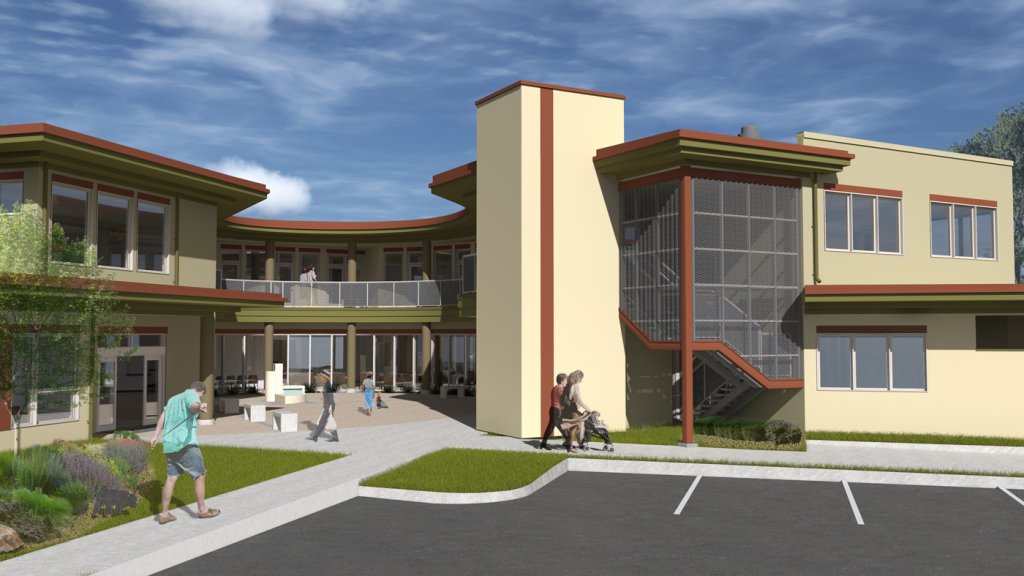
Archicad helped me in developing different ways to effectively figure out building detailing, being able to inspect it from all different angles made my visualization process more efficient.”
Todd McEfee
Principal Architect, Trilogy Architecture
Structural and MEP team collaboration
“Jake Timmons (Riverstone Structural Concepts) had to work with them to manage collisions, detect areas that needed adjustments along the way. It was an indispensable and helpful feature to be able to have the two working together. We managed this even with one of the partners being on a different 3D software. Those checks and balances still happened, and the result speaks for itself.”
When all parties agree to operate at a high level of BIM, problems can be resolved, not only in the understanding of the mechanical system and how it integrates with the structural system, but also in the 3D model. As architectural, structural, and mechanical firms come closer to appreciating the high level of modeling accuracy, clients appreciate that. For these firms it has become a standard in their workflow.
We managed this even with one of the partners being on a different 3D software.
Timmons explains how the efficiencies are achieved from a structural perspective:
“Structurally, there’s huge efficiencies in this. History has taught us we can lose those efficiencies quickly as changes come, or as issues arise. This level of modeling allows the architect to see exactly what the structural system is doing, so we’re modeling bearing seats on joists to the exact dimension. We’ve got changes and framing systems at the exterior. And we’re coordinating these at a higher level. You’re going to find conflicts, and then you’re going to be remodeling and catching those things. In that respect it’s a huge win all around.”
The proof as they say is in the pudding, or on architectural projects, in the change orders. McEfee says that on this $16 million project change orders were held to about 0.6% for architectural and another 0.6% for all other consultants combined.

Trilogy and Riverstone continue working together. At time of this article’s publication – they’re collaborating on a brick-clad wood frame building. They’ve overcome any logistical distances by employing the BIM server in their workflow. Updating backgrounds or making changes in real time together with the incredibly powerful tool that is Archicad makes both firms more efficient, produces a better product, and allows them to foster relationships with their clients that are positive.
Design projects of any size with Archicad’s professional built-in tools and user-friendly interface.
About the Firms
California-based Trilogy Architecture creates multi-disciplinary design solutions which promote harmony for people and planet.
Riverstone Structural Concepts was founded in 2007 and is now recognized as one of the most innovative, client-centric engineering firms in the West.
